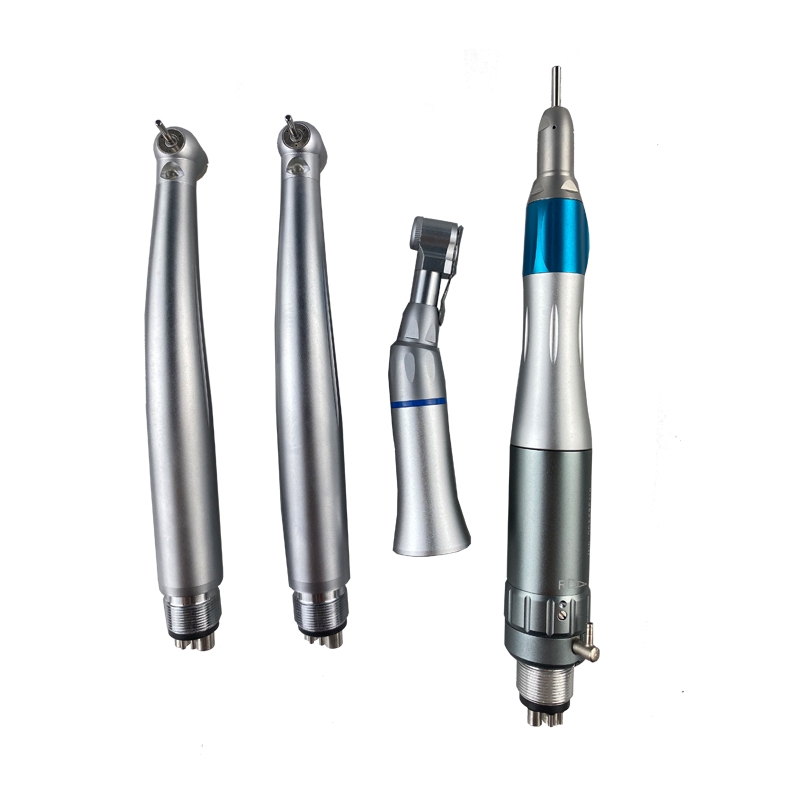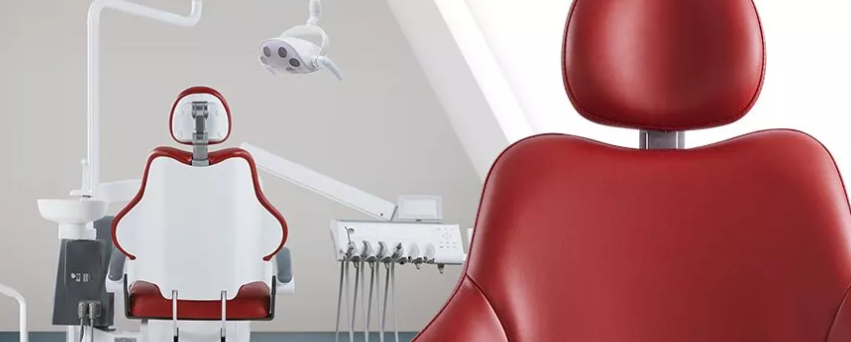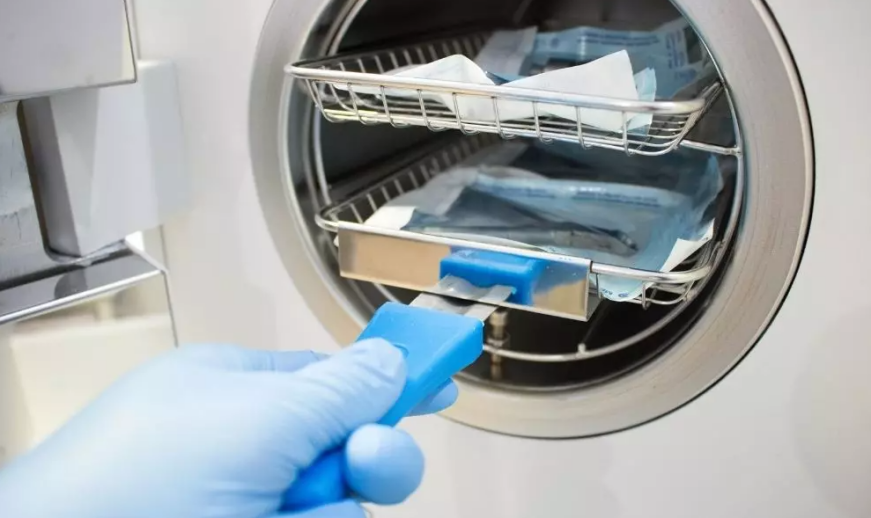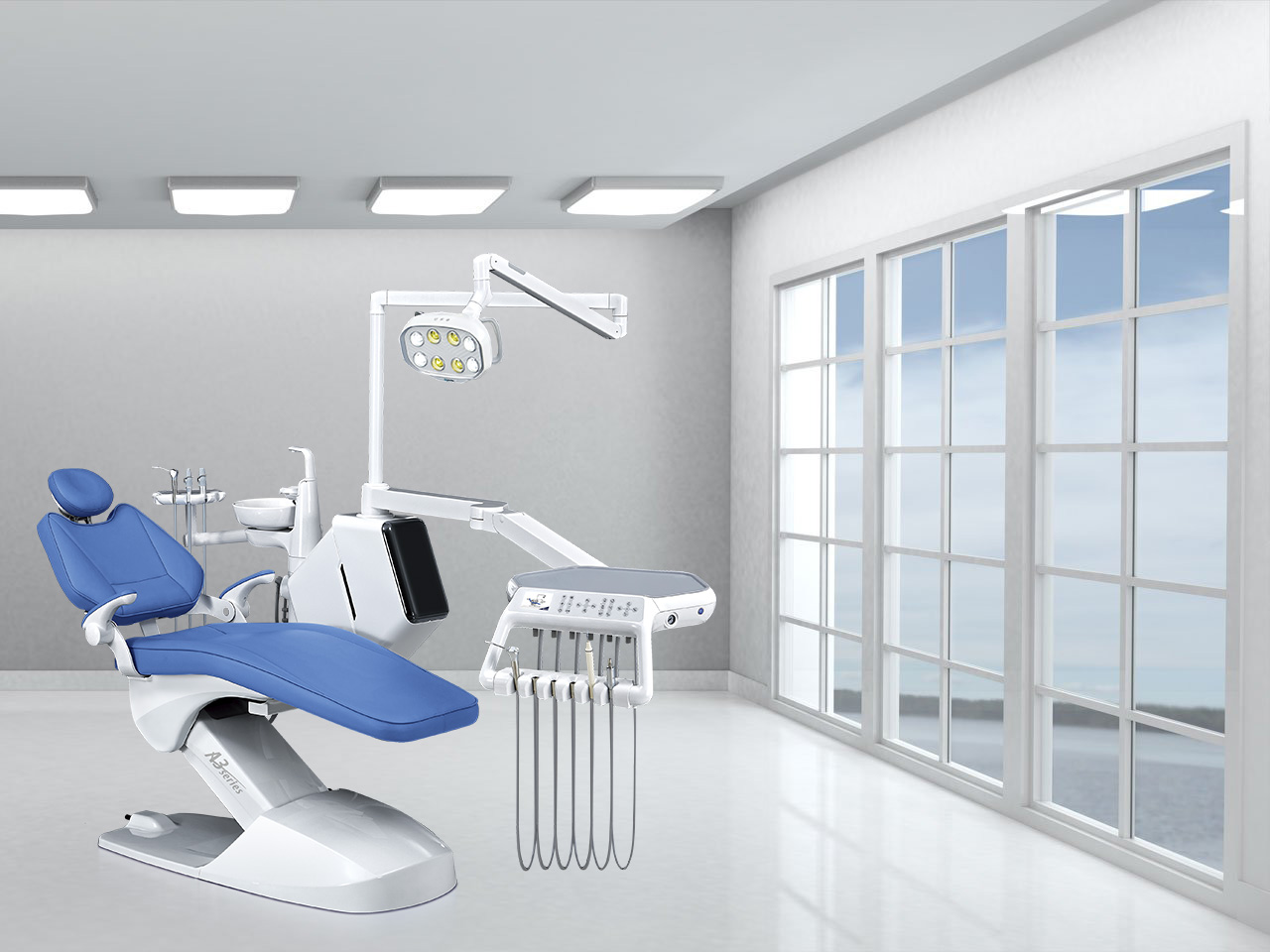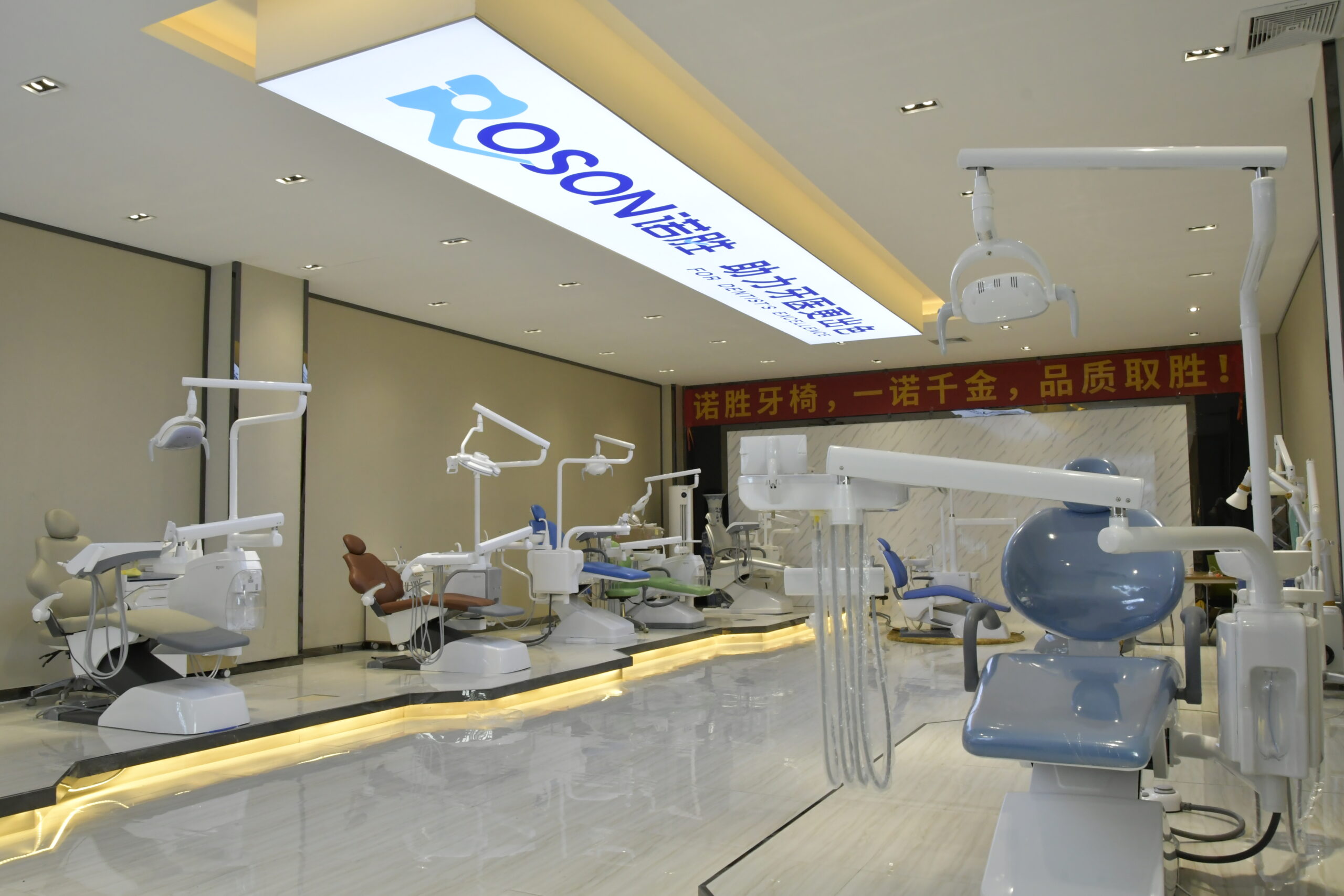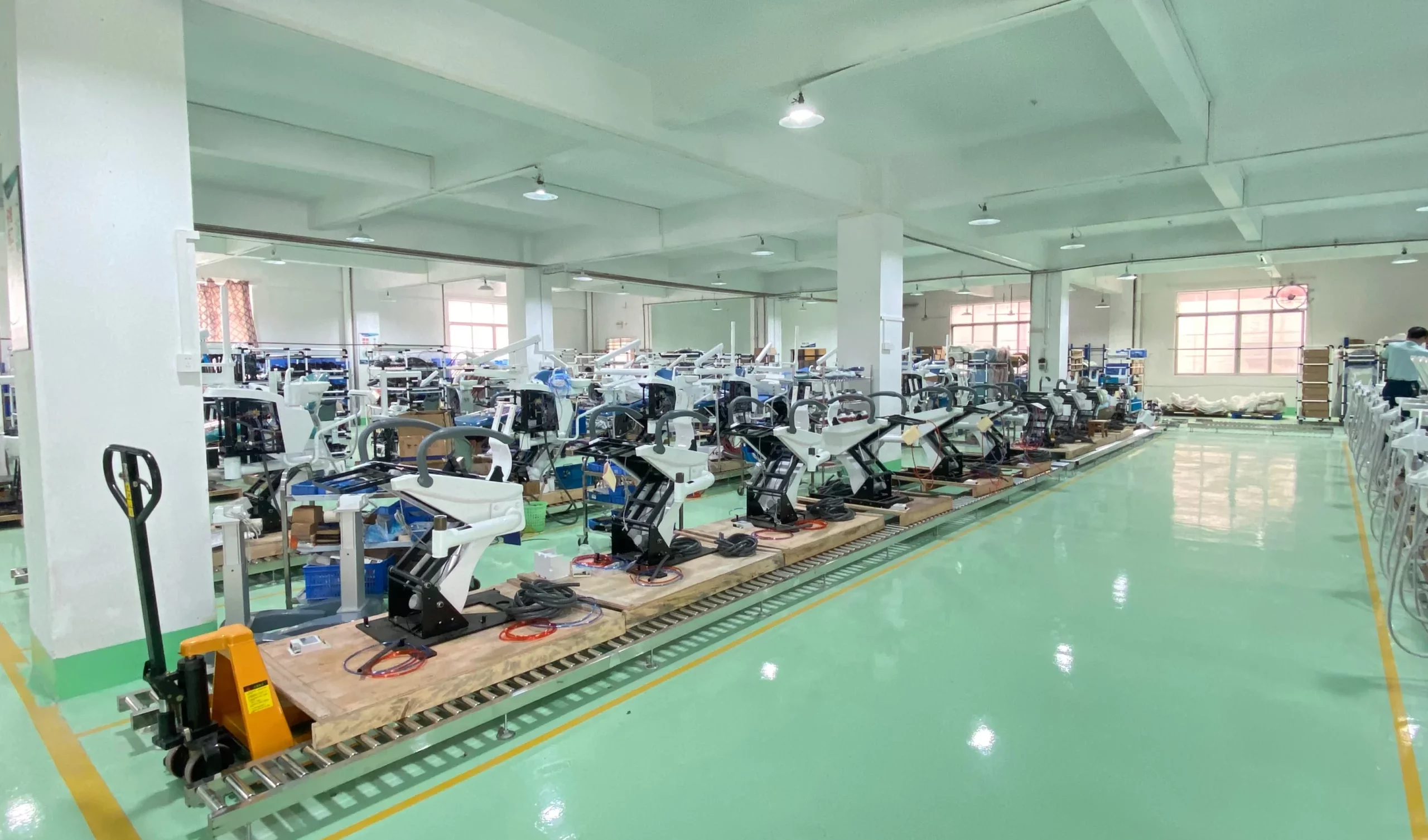What Is A Dental Headlamp? What Is It Designed For?
A dental headlamp is a medical device that uses light emitted from a lamp to illuminate the mouth during dental procedures. It is used by dentists and other professionals who work with the teeth, such as periodontists and oral surgeons.
Dental headlamps are special lights that provide a wide range of lighting options for dentists, dental hygienists, and other dental professionals. They can provide bright illumination in one direction, or they can be positioned to shine light from all directions onto the area of the mouth being examined.
A dental headlamp is designed to provide a bright light which makes it easier to see clearly inside the mouth when examining or treating teeth. The light is pointed directly toward the patient’s mouth so that the dentist can see all parts of the teeth clearly and thoroughly inspect them for any signs of decay or damage.
The use of a high-quality dental headlamp can help dentists diagnose problems such as cavities, gum disease, tooth decay, and other oral health issues more easily than without one. They also make it easier for dentists to perform procedures such as root canal treatments or fillings without having to worry about causing pain or discomfort for their patients.
What Are The Common Types Of Dental Headlamps On The Market?
There are many types of dental headlamps on the market. The most common types include LED, halogen, and xenon.
LED Dental Headlamps:
LED dental headlamps are the newest technology in light therapy for dentists. They provide high-quality light with a long lifespan and have an extremely low power consumption rate. They also have little to no heat emission, making them safer to use than other types of lamps.
Halogen Dental Headlamps:
Halogen dental headlamps provide a bright white light that can easily penetrate through enamel and dentin, making them ideal for use during procedures such as root canal treatments or tooth bleaching. They are also more durable than incandescent bulbs because they can withstand extreme temperature changes without breaking down over time.
Xenon Dental Headlamps:
Xenon dental headlamps produce a brighter white light than halogen models and can be used for longer periods of time without overheating or losing power. They also generate less heat than LED models, which makes them safer to use during procedures such as root canal treatments or tooth bleaching where there is the potential risk of thermal damage to soft tissue around the tooth being treated.
On the whole, a good dental headlamp can use LED as a bulb. Because it is energy-saving and durable, it is a perfect choice for dental curing.
What Are The Key Factors That Affect The Quality Of The Dental Headlamp?
Choosing a better dental headlamp is not an easy task. There are so many options available in the market and you need to choose the one that suits your needs perfectly. The selection process should be done carefully if you want to get the best dental headlamp for your needs. Here are some tips about how to choose a better dental headlamp:
Light intensity and brightness:
The light intensity and brightness of the dental headlamp are determined by its lumens. A higher lumen rating indicates more intense and brighter light. If you want your dental headlamp to provide more brightness, then go for those with higher lumens.
Color temperature and color rendering index:
The color temperature of the light is measured in Kelvin (K), which is a unit of measure to describe the hue of light. A higher Kelvin value means that it has a cool blue hue, while a lower Kelvin value means that it has a warmer yellow hue.
Generally, the color temperature of the light used in the dental headlamp should be between 4,000-5,700K. Some companies can make dental headlamps that are perfectly suited to this color temperature range. For example, Roson’s LED wireless headlight has a color temperature of 4000~5000K.
The color rendering index (CRI) refers to how well a light source can render colors compared to daylight. A CRI of 100 indicates that a light source renders colors as true as daylight. A CRI of less than 80 is not recommended for dental use because it can distort white and yellow colors, making it difficult for you to see subtle color changes on your patient’s teeth and gums. For example, Roson, its color rendering index is just right at 80.
The size of the lamp’s bulb:
In addition to its lumens, another factor that affects the quality of a dental headlamp is its bulb size. The bigger the bulb size, the more powerful it is as well as brighter it can be. This means that if you want your dental headlamp to provide more brightness, then go for those with larger bulbs. Of course, many dental equipment providers will provide you with bulbs of various wattages, which you can choose according to your needs.
With adjustable straps or straps:
The dental headlamp should have adjustable straps so that you can adjust them according to your size and comfort level. It will also make sure that it fits perfectly on your head, thereby ensuring that it does not slip off while working on patients.
Conclusions:
When you choose a dental headlamp, in addition to the above key factors, you also need to have a clear understanding of your needs. You need to know your budget for a dental headlamp and whether the product you choose will deliver the desired results. In addition, you also need to compare the prices to understand the price of this dental equipment.
It is recommended that you choose Roson as your long-term dental equipment supplier. Because Roson has nearly 20 years of production and sales experience. With rich experience in OEM and ODM services, they know very well how to meet customer needs. They uphold the “people-oriented” corporate philosophy and are committed to helping people show healthy smiles. Also, their dental headlamps are great value for money and are your best choice!


